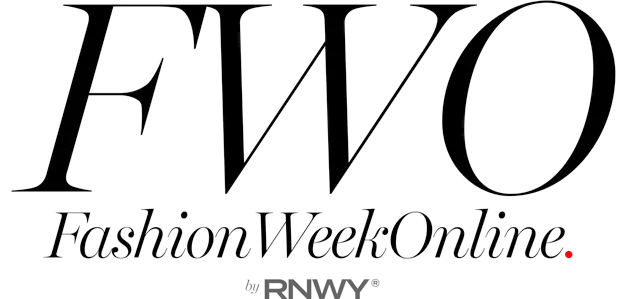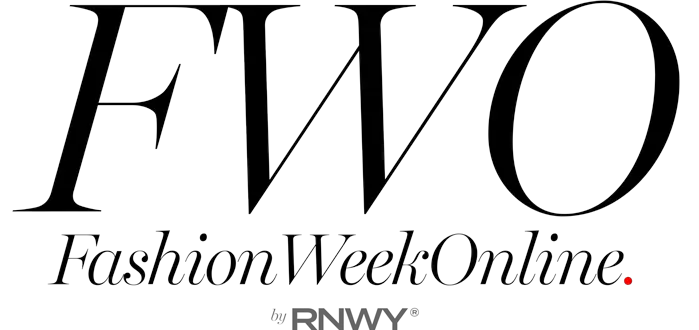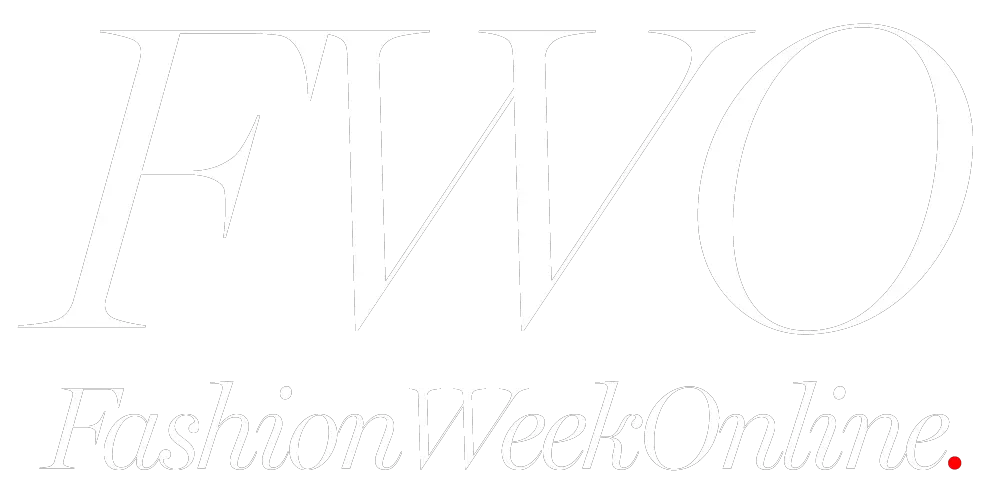Building fashion and apparel brands without a website means missing out on the opportunity to attract a broad audience and sell internationally.
However, to create a successful website one needs a proven fashion ecommerce platform that aligns with the business specifics in inventory management, branding, pricing, and more. What is the best ecommerce platform for clothing and which one to choose for your business? This article gets you covered.
Shopify
Shopify is among the best fashion ecommerce platforms thanks to its straightforwardness and multiple out-of-the-box features. Why else could it be a great choice for a fashion store? Shopify has many apps for store customization and offers fashion-focused themes that merchants can edit with a drag-and-drop editor. Shopify also offers in-built mobile optimization and integrations with multiple payment options.
Best for: Shopify with basic functionality suits beginners and growing fashion brands that need a balance between simplicity and power. Enterprises will benefit from the Shopify Plus platform with advanced features for scaling the business. However, to set up a store with robust functionality, merchants would need to hire a fashion website design company or a development agency to make the website work smoothly and ensure consistency with the brand personality.
Pricing: Shopify Basic plan costs $24/month, while Shopify Plus starts from $2,300/month.
WooCommerce
WooCommerce is an open-source WordPress plugin for running ecommerce websites. With this fashion ecommerce software, merchants can start building their website for free and have full control over its setup if they have a technical team with coding expertise. WooCommerce integrates with countless plugins for fashion-specific features such as size charts and you can find many themes that fit your industry.
Best for: Tech-savvy sellers or those teams who have experience with WordPress would benefit from this fashion ecommerce solution for its flexibility and affordability.
Pricing: WooCommerce is free to use, but you need to pay for hosting, themes, and plugins. Total ongoing costs typically range from $20 to $500 and higher depending on the set of tools.
BigCommerce
BigCommerce offers robust features and is considered one of the best ecommerce platforms for apparel for big brands. Why? This platform has strong inventory management for fashion catalogs, scalability options, features for multi-channel selling, and, what’s important, no transaction fees. On top of that, it provides in-built features for SEO.
Best for: Medium to large fashion retailers will find this platform suitable for their endeavors and will be able to grow with omnichannel sales.
Pricing: Basic BigCommerce plans start from $39/month, while enterprise plans have custom pricing.
Squarespace
This ecommerce platform offers stunning templates perfect for showcasing fashion visuals. It allows merchants to easily customize their stores using the platform’s drag-and-drop editor. All of the templates are mobile-optimized and responsive. Another great option is built-in robust marketing tools for promoting your business.
Best for: Squarespace best suits fashion startups and small fashion boutiques, prioritizing aesthetics over advanced features.
Pricing: Squarespace plans start from $25/month.
Wix
Wix offers fashion ecommerce solutions: stylish templates tailored for fashion and an intuitive interface for store customization. This platform provides an extensive media library where you can find eye-catching images with high resolution and exclusive videos to grab your customers’ attention. You will also have access to multichannel and global sales. Additionally, to attract organic traffic, you can start a fashion blog using built-in Wix features.
Best for: Wix best fits small fashion startups or solopreneurs who look for an easy way to establish their brand.
Pricing: Wix plans start from $17/month.
PrestaShop
PrestaShop is an open-source ecommerce platform popular in Europe that powers over 300,000 online stores. It’s written in PHP, so it requires coding skills for setting up a store. However, this makes PrestaShop flexible, letting you change any website elements without limitations. It has its marketplace for add-ons for fashion store customization and offers a variety of free and premium themes. PrestaShop supports complex catalogs with attributes like size, color, and fabric and provides stock management for handling diverse inventories.
Best for: PrestaShop requires technical skills and knowing PHP for proper setup, so it could be your choice if you have developers for running your store.
Pricing: The platform is free to download, but you will need hosting, theme, and add-ons, which in total may cost from $20 to $500 or more per month.
Key considerations
Each platform excels in different areas, so align your choice with your brand’s goals to find the best fit.
- Visual appeal: If your priority is aesthetics, choose platforms with strong design options like Shopify, Squarespace, or Wix.
- Scalability: If you’re growing your business, look for a platform that allows you to scale your store, such as BigCommerce and Shopify.
- Cost: Choose WooCommerce and PrestaShop for low entry or Shopify for long-term value and ease.
- Integrations: Make sure that a platform has all the necessary integrations for a fashion business, such as Shopify or PrestaShop.
If this list of platforms is insufficient for your business requirements, you can also consider other options, such as Magento (Adobe Commerce) for enterprise-level brands or Centra for building headless solutions. Also www.elle.com/fashion/shopping for more insights.
##




